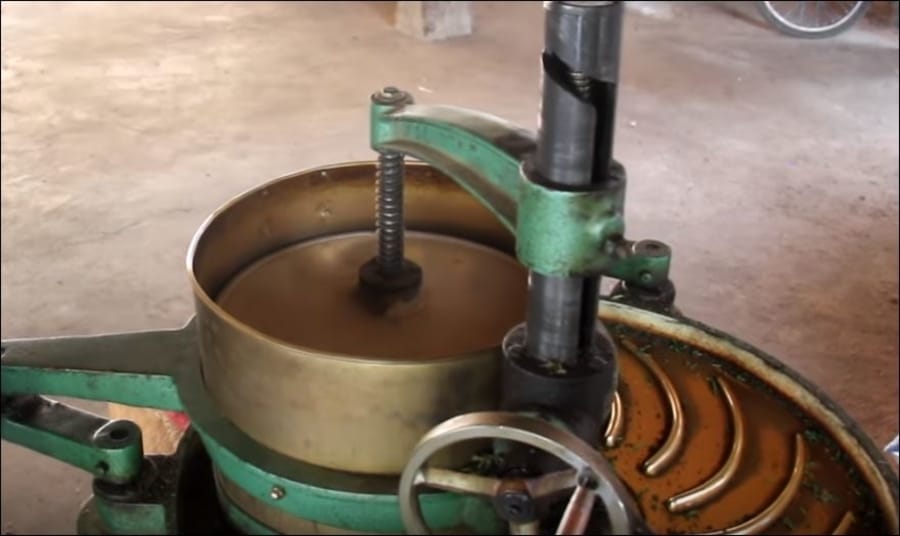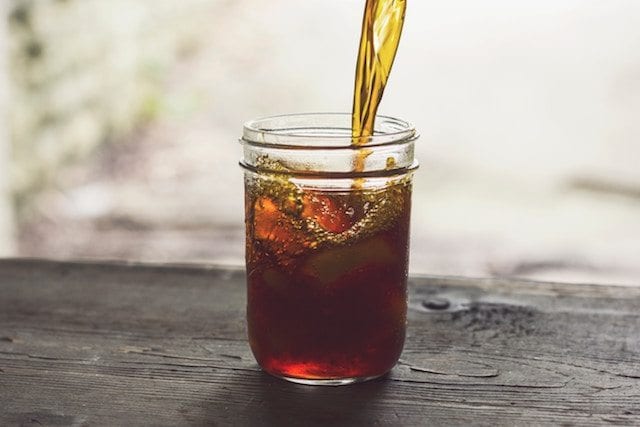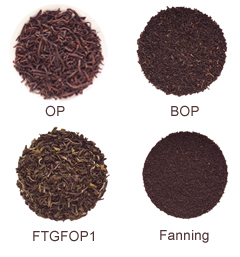Comparison of the differences between two traditional processing processes of black tea the difference in aroma and taste between CTC and traditional methods
Tea-making technology
Tea (tea trees) is grown in thousands of tea gardens and tea gardens around the world. Although tea is produced in dozens of countries, the five traditional tea producing regions are China, Japan, India, Sri Lanka (Ceylon) and Taiwan (Formosa). Like wine, changes in plant varieties, soil types, altitude and climate give each tea garden its unique characteristics and flavor.
All types of tea start with the tea of the same plant, tea tree. The processing method of tea after picking determines whether it becomes white tea, green tea, oolong tea, black tea or Pu'er tea. Tea can be made in one of two ways, orthodox or CTC. Traditional production methods, whether by hand or by machine, can usually maintain the integrity of tea. On the other hand, CTC manufacturing (or "crushing, curling and tearing") uses machines to chop, chop, or crush leaves.
Both methods can produce high-quality tea; however, traditional methods are generally considered to be more "traditional" and the tea produced is usually more complex in terms of flavor and aroma.

Traditional manufacturing: traditional manufacturing begins with selective picking (usually by hand) of tea. The leaves are allowed to wither, reducing water content and making them soft and flexible. Once withered, the leaves are gently rolled up to break down the cellular structure and begin the oxidation process. The oxidation stage is mainly responsible for dividing tea into different categories-white tea, green tea, oolong tea and black tea. The longer the oxidation process lasts, the darker the leaves become. Once the required oxidation level is reached, the leaves are dried to stop the oxidation process and make it suitable for distribution. Then the dried leaves are graded and classified into various sizes.
CTC manufacturing: CTC (Extrusion, tear and Curl) is the most famous unorthodox manufacturing method. It was invented during World War II to increase the weight of tea that can be packed in boxes. It also eliminates some of the labor needed to produce tea, thus improving the speed and efficiency of tea production. In the process of crushing and curling, the tea is picked and withered. After the tea has dried up, it is crushed, torn and rolled into irregular balls that look a bit like coffee grounds through a series of cylindrical rollers. Once finished, the leaves are oxidized and finally burned. After firing, the tea is divided into different grades. CTC tea is mainly used in mass market tea bags. Because the particle size of CTC tea is smaller and its specific surface area is larger than that of whole-leaf tea, it has faster brewing speed, thicker tea body and more convergence.
Important Notice :
前街咖啡 FrontStreet Coffee has moved to new addredd:
FrontStreet Coffee Address: 315,Donghua East Road,GuangZhou
Tel:020 38364473
- Prev

The year in which Iced Black Tea appeared and the historical story Iced Black Tea's recipe guide to how to make it delicious.
According to the United States Department of Agriculture, Americans consume more than 2.2 billion gallons of tea a year, of which about 80 per cent (about 1.75 billion gallons) is iced tea. This is nearly 6.5 gallons of iced tea per person! Iced "sweet tea" has been consumed in the south for more than 100 years, but with the rise of fast food restaurants (
- Next

Loose leaf tea OP black tea or tea bag broken leaf tea, which grade is higher? What's the difference between loose leaf tea and tea bag?
Once the tea is made, the tea will be graded according to its physical characteristics, including the size and color of the tea. Tea grades vary greatly from country to country and from type to type. It is important to know that tea grading does not reflect the quality of tea brewing (with the exception of Taiwan graded tea). Indian black tea is the most structured and widely available.
Related
- The milk tea cup becomes smaller?! Overlord Tea Girl launches a new "Return to Yunnan" series
- Accused of selling counterfeit and high-priced coffee beans! Well-known boutique coffee brand "Oukelao" bowed and apologized!
- How to make espresso dumplings? Can I eat coffee and glutinous rice balls together?
- Save the unformed and stagnant powder cakes in one second! What is the problem with stagnant water in the powder bowl of the espresso machine?
- What does hand-brewed coffee stop mean? Why is it not recommended to make coffee by hand?
- Is it normal to smell like coffee? Why does coffee smell like alcohol? What's wrong with the strong smell of cold extract ice dripping ice brewed coffee?
- How to solve the problem that hand-brewed coffee extraction takes too long? Why is the water flowing so slowly when making coffee?
- The main points of making Australian white coffee, the proportion details, how does Australian white properly foam and blend the flowers?
- Can ice water make cold extract coffee? What is the difference between room temperature water and ice water for making cold coffee?
- What milk is best for making latte and white Dirty coffee? What is the difference between different brands of fresh milk and pure milk for making coffee?

